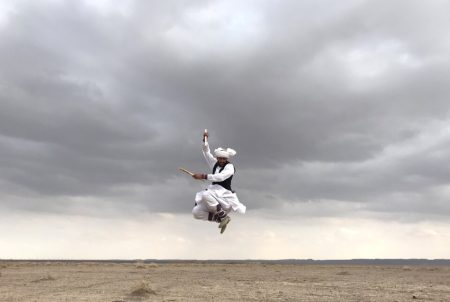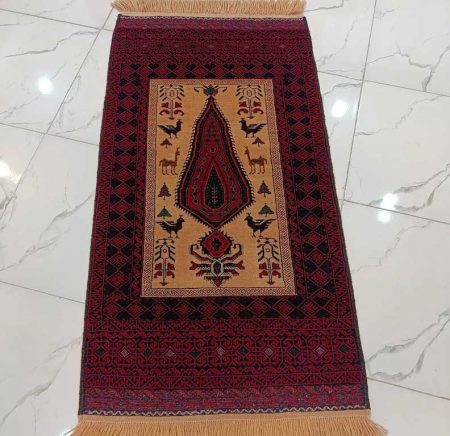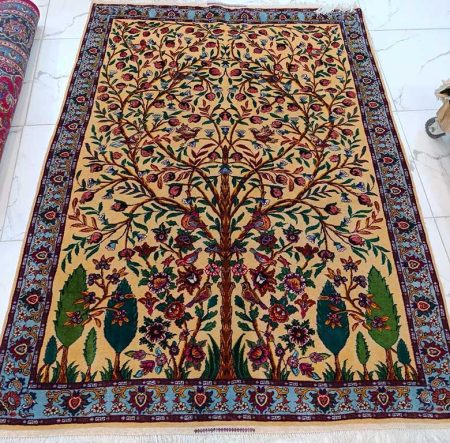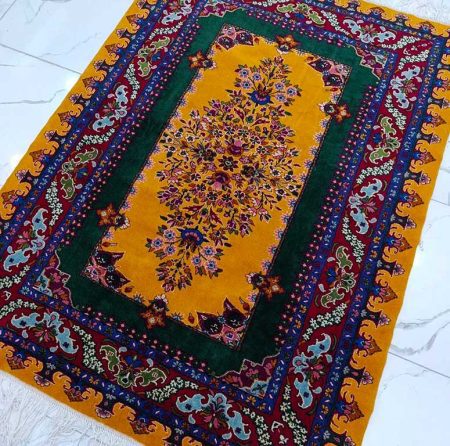
VERNA CARPET – Redesign by Parsineweb





Showing all 9 results
It is one of the old cities of Khorasan Razavi Province. The history of the Torbat Jam rug dates back centuries. This city is considered one of the important centers of rug weaving in eastern Iran. Torbat Jam is near the Afghan border and has always been the center of cultural and commercial exchanges between Iran and Central Asia.

Mehdi Delpazir, Folk dance of the city of Torbat Jam
The peak of carpet weaving in Torbat Jam dates back to the Safavid period. During the Qajar period, Torbat Jam rugs were exported to neighboring countries such as Afghanistan, Pakistan, and India. During the Pahlavi period, the designs became simpler than in previous periods and were influenced by Tabriz rugs and Kerman rugs. During this period, Torbat Jam rugs were produced on a large scale, influenced by global trade, and were also exported to Europe.

Torbat jam carpet

Torbat jam rug
Torbat Jam rug can be a good choice for people looking for authentic Iranian handmade rugs. The price of a Torbat Jam rug depends on the size and quality of its weave. To ensure quality, it is better to buy from reputable workshops or sellers with a history.

Torbat jam carpet